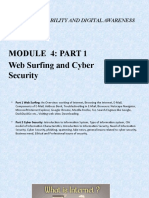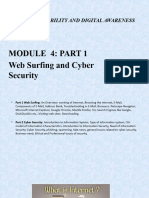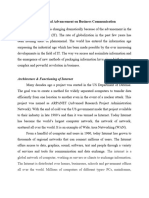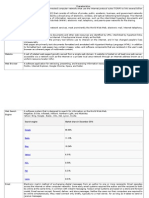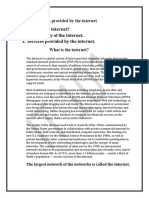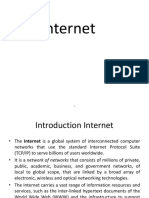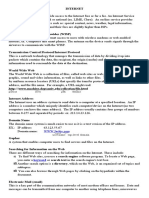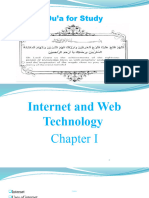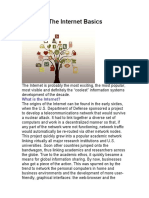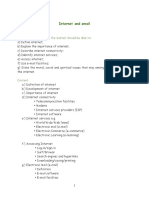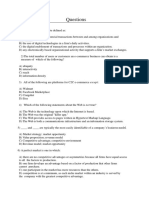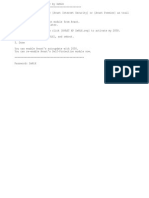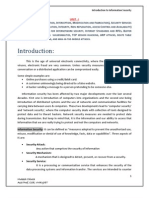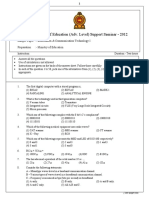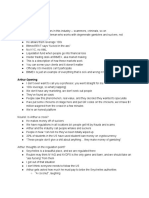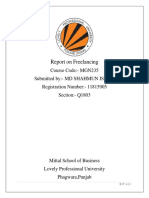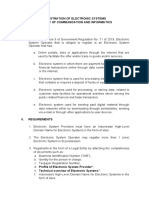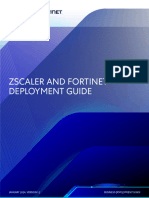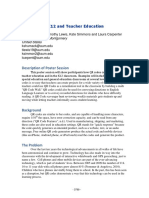0% found this document useful (0 votes)
11 views4 pages05 Ict Skill-I - Internet 14-09-2024
The document provides a brief history of the internet, detailing its development by DARPA in 1969 as ARPANET and the creation of the World Wide Web by Tim Berners-Lee in 1990. It outlines various types of networks, including LAN, PAN, MAN, and WAN, and discusses internet protocols, applications, and the advantages of email over traditional postal mail. Additionally, it introduces social media platforms and their functionalities.
Uploaded by
durgadeepak2010Copyright
© © All Rights Reserved
We take content rights seriously. If you suspect this is your content, claim it here.
Available Formats
Download as PDF, TXT or read online on Scribd
0% found this document useful (0 votes)
11 views4 pages05 Ict Skill-I - Internet 14-09-2024
The document provides a brief history of the internet, detailing its development by DARPA in 1969 as ARPANET and the creation of the World Wide Web by Tim Berners-Lee in 1990. It outlines various types of networks, including LAN, PAN, MAN, and WAN, and discusses internet protocols, applications, and the advantages of email over traditional postal mail. Additionally, it introduces social media platforms and their functionalities.
Uploaded by
durgadeepak2010Copyright
© © All Rights Reserved
We take content rights seriously. If you suspect this is your content, claim it here.
Available Formats
Download as PDF, TXT or read online on Scribd
/ 4











